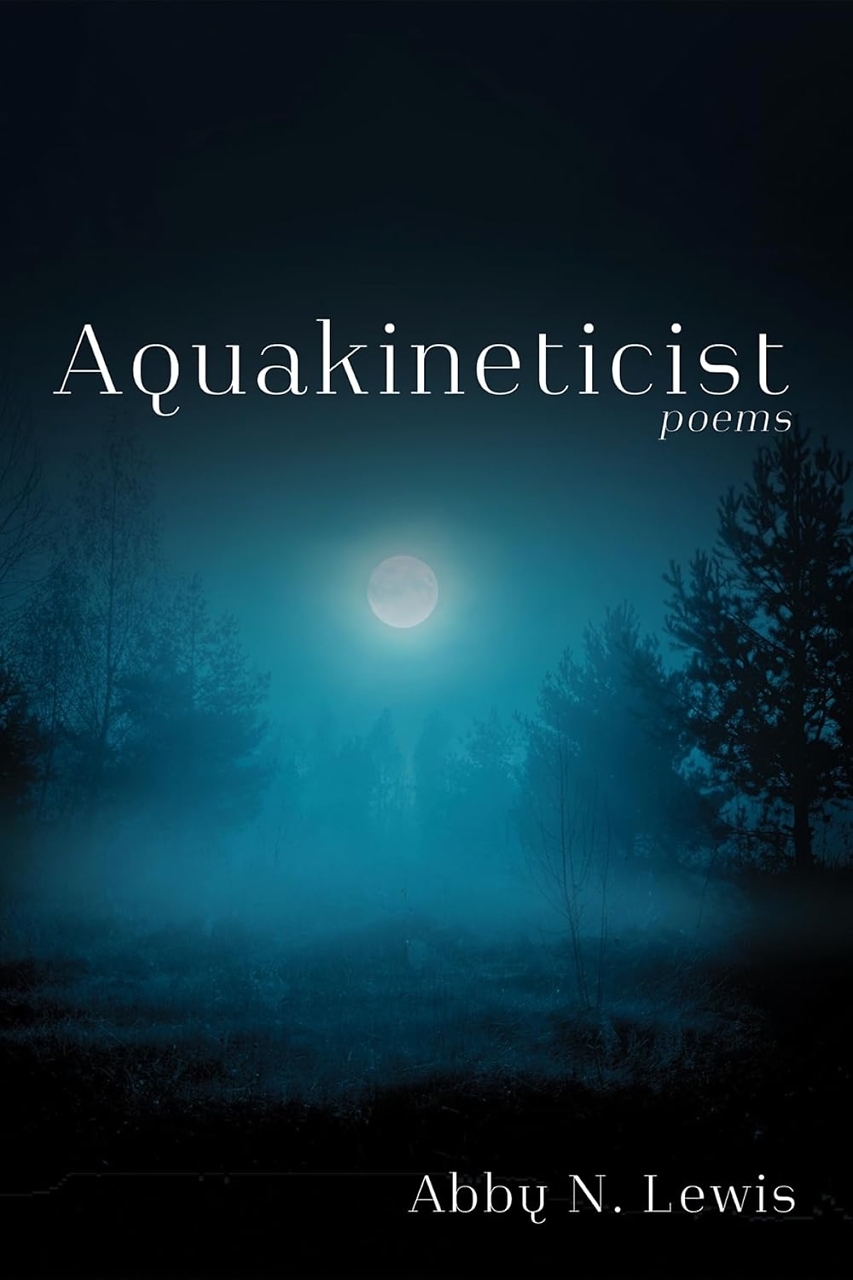Love and Hurt
Book Excerpt: The Wheel
On a Thursday night in March, Anne called to tell me that Tag committed suicide. Anne, Tag and I grew up spending our summers in northern Michigan. We’d known each other since we were five years old. When I was fourteen, I had a crush on Tag, but was flushed, paralyzed, mute. In high school, Tag was an athlete, and seemed to have escaped the physical manifestations of pubescent awkwardness. They were lithe, graceful, silly. The July sun tanned their skin to a dark gold color, their curly hair made blonder by the light. I was a dancer, still, at that time, and admired how muscular their legs were. Tag was a kind of profane angel — someone Keats or Blake might write about. A running figure on a Grecian urn.
Anne, on the other hand, stayed close to me, a sister. Nearly every night, every summer, she’d come to my family’s cottage to drink chamomile tea in our wood-paneled kitchen at dusk. The sound of the lake was barely audible from outside. We talked freely about our dreams, our relationships to ourselves and to others. We talked about love and hurt — a decade’s worth. As these conversations became routine, we both took them for granted. After Tag’s death, though, we realized the vitality of these conversations, constantly evolving as we grew older. We grew near-fluent in each other’s anxieties and excitements. Anne told me that talking to me was like writing in a diary, a space both deep and unafraid.
I always felt a sense of relief arriving at my family’s cottage. It rested at the bottom of a steep hill and was on the lake. Our lawn was unkempt, one large tree stood in its midst, and my mother’s gardening brought an array of blooms and fragrances into the disorder: bleeding hearts, hydrangeas, lavender. We kept a small garage separate from the cottage, housing paddle boards, a metal canoe and a handful of bicycles. Every day, I’d bike from my cottage to East Park and back. East Park stood on a bluff overlooking Lake Michigan, and the bike path that connected my cottage to its slope stayed close to the lake the entire way. Smells of wildflowers and stone and seaweed wafted in the breeze, nearly indecipherable but a perfume I came to recognize as my own.
Relief: the moment I reached the top of my family’s street, stopped pedaling, and coaxed the brake as I sped down the hill to turn onto our driveway. Wind in my hair, whirring in my ears — as if to fill me, to propel me home.
***
By the time I was eighteen, Tag noticed me. I had just graduated high school and was a few months out of an abusive relationship. I’m not sure how Tag and I came together, in what precise moment, but one night in early summer, Anne, our friend Alexina and I were sending Tag adolescent text messages from behind the safety of a tree near their driveway. I had initiated this tree-hiding text-mission, clueless as to confidence. Eventually, they snuck outside with a lilting smile to tell us they were grounded.
The time I spent with Tag was always surrounded by trees or by the water. I had recently acquired a hammock, and we hung it in the woods at sunset, tucked away where no one would find us, to kiss each other and talk. We smoked weed out of a crushed soda can and talked about Devendra Banhart’s song “Michigan State.” We never talked about what would happen after the summer, but I missed them terribly as I moved to Boston to start college. I didn’t want our connection to end and didn’t know how to say that. They made me a mix CD when we said goodbye. I remember “Michigan State.” I remember the Velvet Underground’s “Satellite of Love” and Yo La Tengo’s “Today Is the Day.”
In the wake of Tag’s death, I listened to “Today Is the Day” on loop. The song sounds like peaceful nothingness on the beach. Its gentle percussion, fluid voice, reverberant pseudo-slide-guitar. It recounts memories of togetherness, and while Tag and I never did what the song says, I could feel ourselves in its movements: I followed you foolishly. In the wake of Tag’s death, I walked around South Bend aimlessly, haunted, wearing all black clothes and black cat-eye sunglasses. I cut my hair short again, like it was when we were together. When the hairdresser massaged my scalp before cutting my hair, I closed my eyes. I focused on the heat of the water on my skull, trying not to cry. On my walk home, hair dry, I wept.
***
Within the same week of Tag’s suicide, the poet W. S. Merwin died. Grief-struck, I looked through old photos. To get back to 2013, the year Tag and I dated, I passed through photos of Rome, Corona del Mar, South Bend. I stopped upon seeing a photo from July 2017, right before I went to Watermill. Will and I were celebrating our last day together in Boston, and we went to the Arboretum. I took a photo of a tree trunk, a metal tag affixed to its bark, because I was struck by its name: Form of the Tree of Heaven.
Tag and I lost touch after our shared summer, but closer to their death they had an internship at the National Arboretum. I saw some of their sketches of bonsai trees on Instagram. Tag was an artist and was studying ceramics at a university in Ohio. After their death, Anne told me she had been watching videos about ceramics online, trying to better feel Tag’s presence. Trying to understand. Anne was able to go to Tag’s memorial service and told me that all of Tag’s ceramics were on display. She said it was beautiful, like they were in the room with her — still breathing, smiling.
W. S. Merwin had a nature conservatory in Hawaii, where he lived with his wife. I read about it in The Paris Review’s Art of Poetry feature and, upon seeing a portrait of the poet, was haunted by the similarities between Merwin’s eyes and Tag’s eyes. Blue, bright. The interviewer for The Paris Review described Merwin’s eyes as “intensely clear.” In the interview, Merwin described poetry as “an attempt to use language as completely as possible.” Poetry is a way of recognizing connection, he said. I pictured Merwin reciting poetry surrounded by papaya trees. His voice beside palms, gardenias, ferns. I pictured those eyes — connective, clear, a force beyond life.

Copyright © 2021 by AM Ringwalt. All rights reserved. AM Ringwalt is a writer and musician. Currently, she teaches writing at Belmont University and The Porch. She has performed her music through Nashville-based FMRL and Third Man Records. She’s a graduate of the University of Notre Dame’s M.F.A. in Poetry program. The Wheel is her first book.


